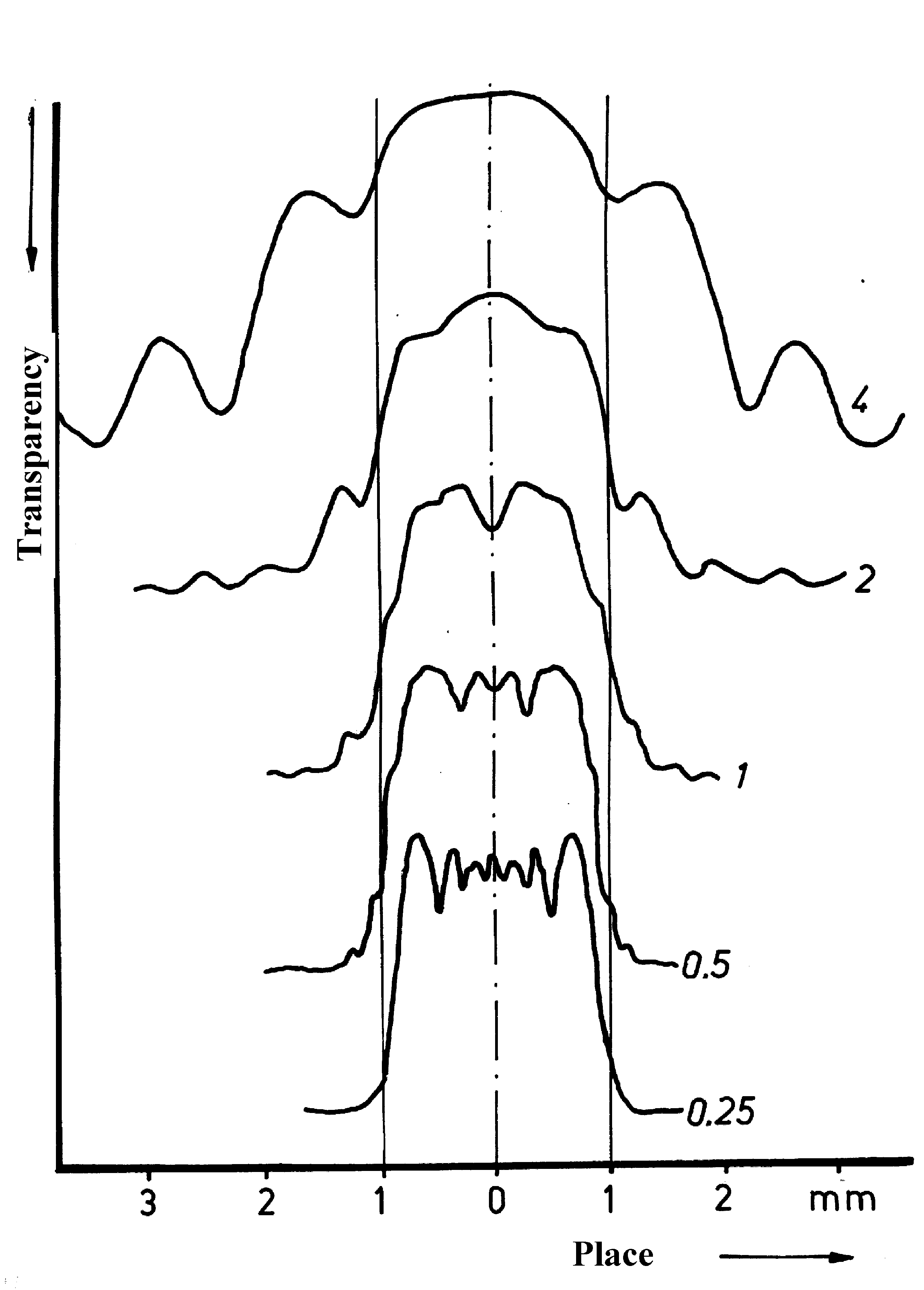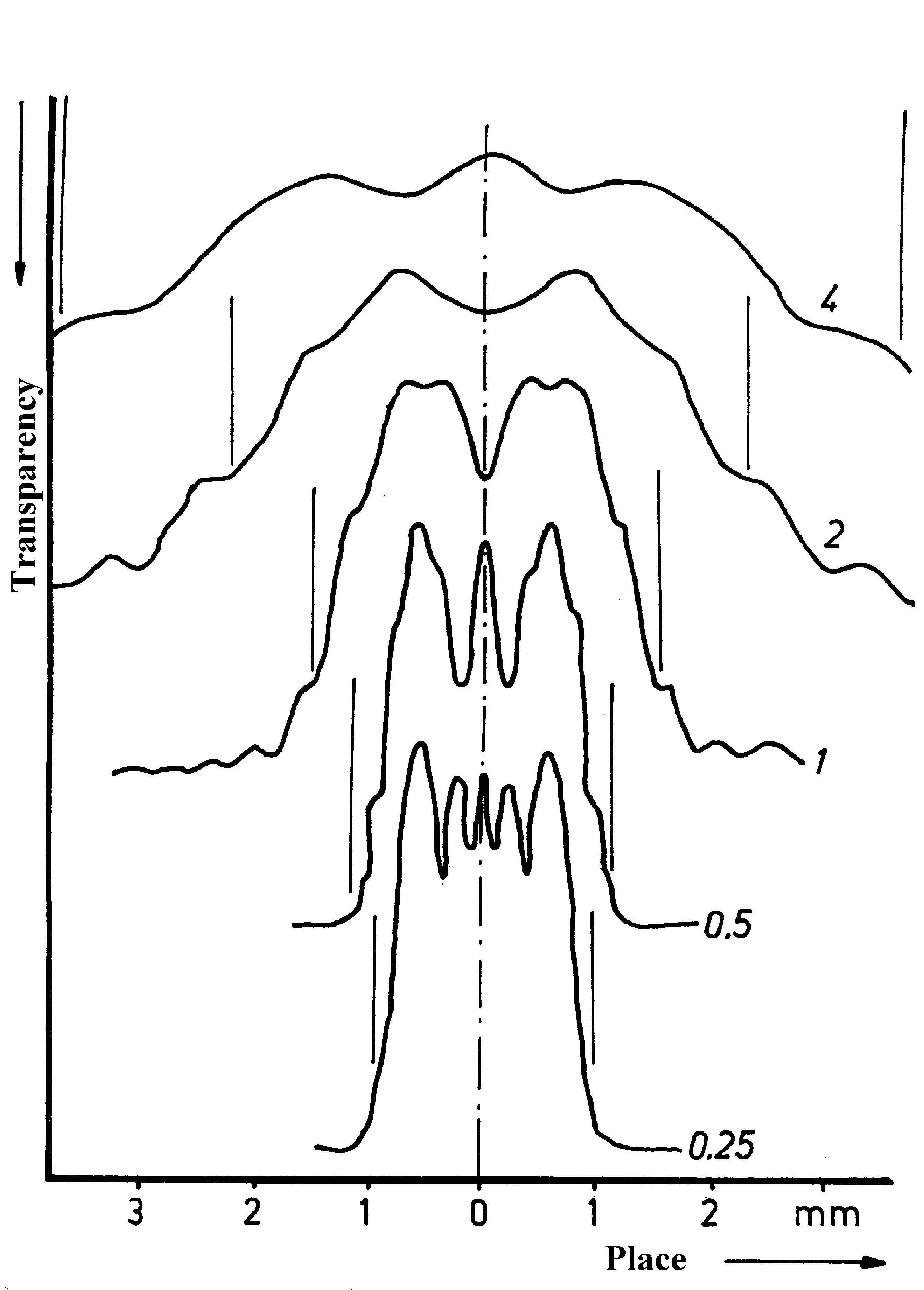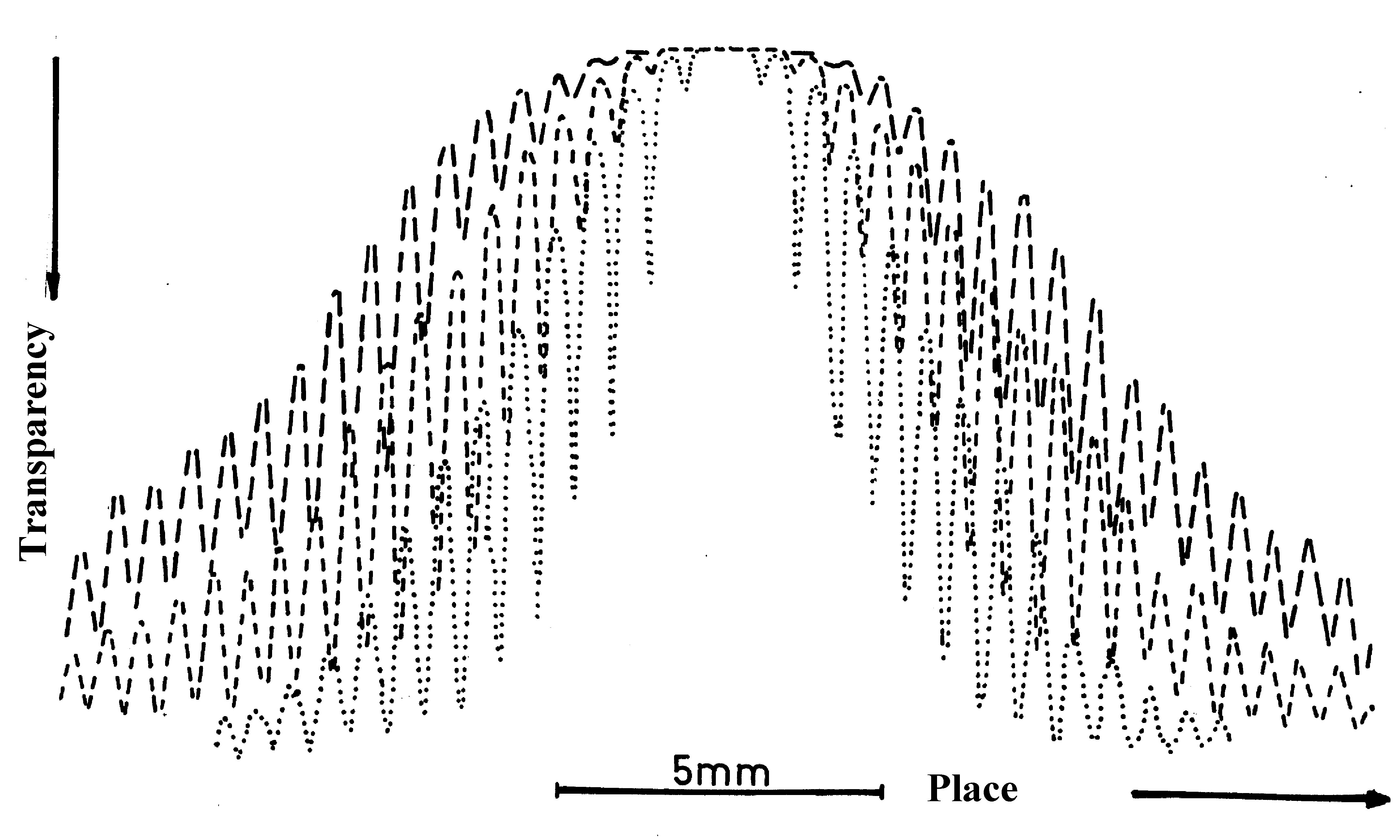
Newton's and Fresnel's Diffraction Experiments
The Continuation of Newton's Diffraction
Experiments
Diffraction of Light at Slit and Hindrance
Interference-Angle Condition, Diffraction and
Imagery
Diffraction One After Another and with
Intermediate Imagery
Diminishing of Frequency of Light after
Diffraction
Inner and Outer Diffraction-Fringes at
Circular Openings
Superposition of Interference and Diffraction
Diffraction Experiments with Inhomogeneous
Illumination
Experiments with Polarized Light at Slit and
Double-Slit
The Background of Diffraction-Figures
Trial for Interpretation of Newton's Diffraction
Experiments
Consequences for Photons out of Newton's
Diffraction Experiments
Consequences for Structure of Electrons out of
that of Photons
The Thermally Conditioned Electromagnetic Field
Diffraction and Light-Emission of Electrons
Energy-Steps of Electrons in Magnetic Eigen-Field
Faraday's Electro-tonic States
Near-Field Optics with Regard to Newton's
Diffraction-Experiments
Consideration of Magnetic Moment of Electron
in Quantum Theories

The Background of Diffraction-Figures
The background of diffraction-figures is examined in dependence of slit-width, distance, divergence of illumination and in Fresnel's and Fraunhofer's manner of observation. The background is higher at large slit-width and do not decrease proportional to distance but more slowly. The difference between maxima and minima of diffraction-fringes is approximately independent of slit-width, which corresponds to Newton's observation that bent light comes only out of small surroundings of edge.

Figure 1. Diffraction-figures of a slit with the slit-width of 2 mm in dependence of distance with parallel incident light. It is drawn up the transparency in dependence of the place in diffraction-figure. The shadow limit of the breadth of 2 mm is marked by vertical lines. The numbers written on the curves declare the distance of the slit to the photofilm in m.

Figure 2. Like figure 1 but without the collecting lens f'= 1 m, therefore in divergent light. Slit-width is put in 1.5 mm. The calculated shadow-limits are drawn by short vertical lines in every diffraction figure

Figure 3. Photometer-curves of different slit-widths in such distances that the intervals of fringes are equal; at equal exposure-times and under equal photometer conditions.
- - slit-width 2 mm,
--- slit-width 1 mm,
... slit-width 0.5 mm.
Discussion
In figures 1 and 2 the influence of inner fringes is dominant, statements on the background can not be made. Figure 3 shows unequivocally that the breadth of background increases with the slit-width but here is simultaneously the distance at which the larger distance at greater slit-width does not compensate this influence. From figure 3 and tables 1 till 4 is evident that background decreases by no means proportionally to the distance but more slowly. Fresnel [5] showed experimentally that the intervals of fringes of a half-plane grow only proportionally to the root of distance if the light strikes parallel. Intervals of inner fringes of the slit have the same dependence. Therefore bent light must not run rectilinear on the farther way. So it is possible to regard background as rest of inner fringes. At sufficient distances the background would then run into the zeroth order.
Insufficient monochromaticity of light forms self-evidently a source of background as also scattering at soilings of edges. For Fraunhofer's manner of observation causes an imagery of the illumination-slit, so diffraction-figures by Fraunhofer's observation-manner show a meaner background. Because here no inner diffraction-fringes appear, so the background is reduced by imagery.
References
[1] H. Nieke, Newtons Beugungsexperimente und ihre Weiterführung, Halle 1997, Comp. Print 1, Arbeit 4 (Vorhanden in vielen Universitätsbibliotheken.) Newton's Diffraction Experiments and their Continuation. Halle 1997, comp. print 3, paper 4. (Available in some university libraries.)[2] I. Newton, Opticks, or a Treatise of the Reflexions, Refractions, Inflexions and Colours of Light. London 1704; Opera quae exstant omnis, Tom IV. London 1782; Optics. Reprint, Bruxeles 1966; Optik II + III, Übers. W. Abendroth, Ostwald's Klassiker Nr. 97, Engelmann, Leipzig 1893; Neuauflage Bd. 96/97, Vieweg, Braunschweig 1983; Optique, Trac. J. F. Marat 1737; Bourgois, Paris 1989.
[3 ] As [1], paper 1.
[4] As [1], paper 2.
[5] A. J. Fresnel, Oeuvres Complétes I. Paris 1866; Abhandlungen über die Beugung des Lichtes. Ostwalds Klassiker Nr. 215, Engelmann, Leipzig 1926.
© 2006 by tediamedia • info@gebeugtes-licht.de